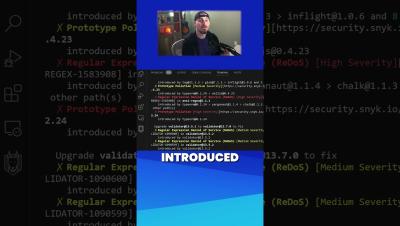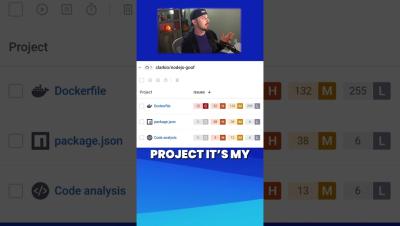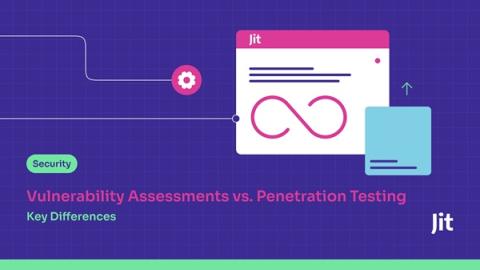Featured Post
How threat intelligence can improve vulnerability management outcomes
It might surprise you to know that more than 70 new vulnerabilities are published every day. And despite their risk-reducing value in helping SOC teams address these, vulnerability management solutions have drawbacks. Often, they only provide a snapshot of an organization's vulnerabilities at a point in time. In fact, owing to their nature, vulnerabilities identified today may not exist tomorrow, or they may appear and disappear intermittently. This leaves security teams scrambling to understand not only what the risk is, but how it affects them and where they should start first with any remediation.











